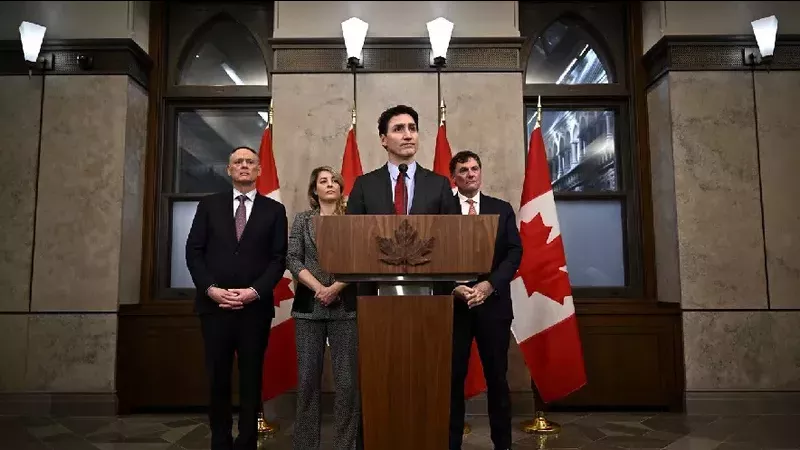
‘We can’t take our foot off the gas pedal’: Saskatchewan Chamber of Commerce responds after tariff delay
While yesterday’s afternoon phone call between U.S. President Donald Trump and Prime Minister Justin Trudeau yielded a 30-day reprieve from a 25 per cent tariff on Canadian exports, the Saskatchewan Chamber of Commerce CEO says it’s no time to rest on laurels.
“We can’t take our foot off the gas pedal,” Prabha Ramaswamy said. “We are pleased to see a pause on the implementation of tariffs on Canadian goods. However, it still creates uncertainty and unpredictability for our businesses in Saskatchewan.”
Adding business owners are ‘left in the lurch’ and unsure of what’s to come, Ramaswamy said the tactic going forward needs to be a focus on long-term profitability and strengthening Canada’s economy.
The CEO and others are calling upon the country’s premiers to examine interprovincial trade barriers which hamper the flow of goods across Canada. Workers can also be restricted from taking a job outside of their home province, she said.


